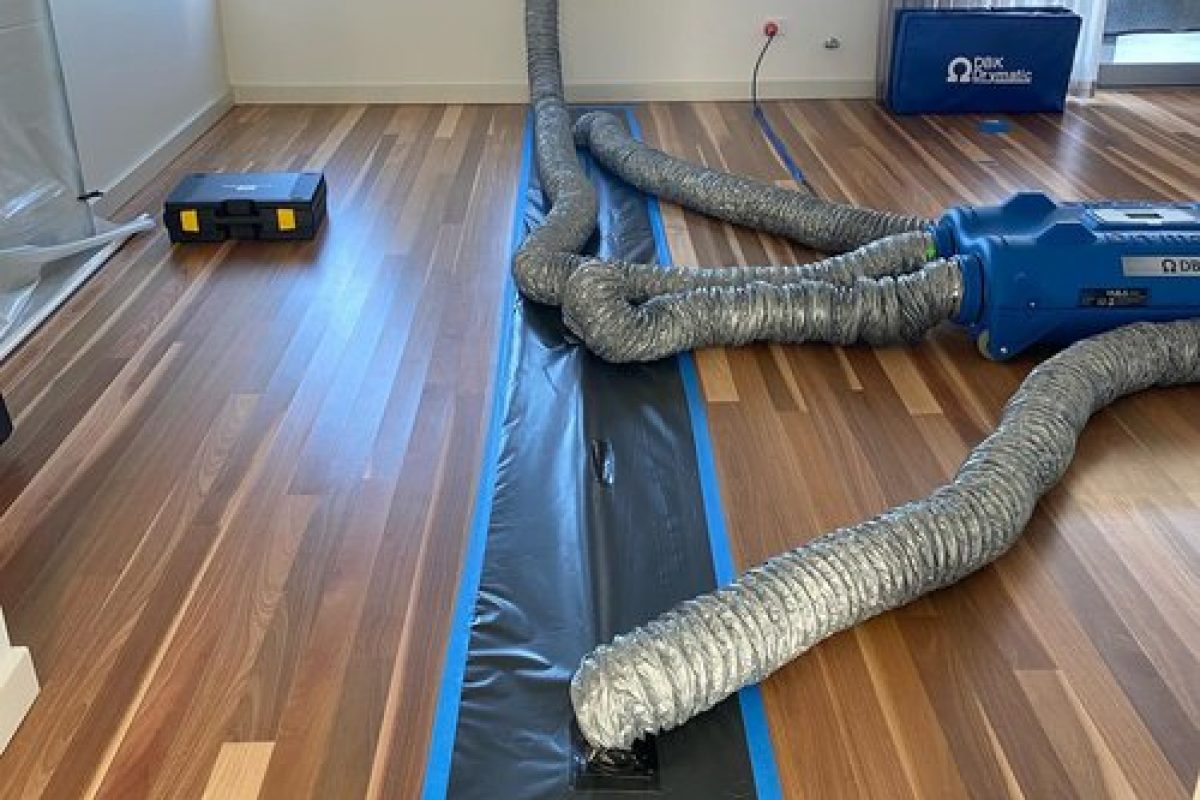Have you noticed your timber floorboards starting to bulge in the middle? This is a common issue, referred to as warping and fortunately, there are various ways you can fix it.
If you inspect your floorboards closely, you’ll notice that the boards have either slightly risen or sunk instead of being flat.
What are warped floorboards?
Warping describes the distortion in the shape of timber floorboards. This type of damage is often referred to as “buckled floorboards” or “wavy floorboards”, along with specific terms to describe the different types of distortion, such as cupping and crowning.
Cupping is when the edges of the floorboards are raised higher than the centre, while crowning is the opposite, with the centre of the floorboard bowing up higher than the edges. Please see the illustrations below showing the difference between the two.
If you notice your floorboards are warping, it’s crucial to address the issue in a timely manner as timeframes can determine how they can be repaired. We recommend contacting a reliable timber floor restoration company to discuss your options.

Why do floorboards warp?
Hardwood floor warping is most often caused by water or moisture damage, in particular a moisture imbalance, where the bottom of the planks are exposed to more moisture than the top.
This can happen when moisture is trapped under the flooring or due to dry air from central heating or air conditioning. Humid air in bathrooms and laundries can also lead to moisture damage, which is why hardwood flooring is not recommended in these rooms.
More serious damage could be due to pipe leaks or undetected flooding nearby. We have seen multiple cases where there have been slow leaks (for example, from a refrigerator) which was not visible to the homeowner. Over several weeks a slow leak may spread moisture underneath the floorboards, between the subfloor and the boards, and will only be noticed once signs such as cupping floorboards begin showing.
It’s important to identify the cause of the problem before starting any repairs so damage doesn’t reoccur. If you’re located in Sydney and would like some professional advice, contact us for an inspection. We can return your old and damaged floors back to their original condition.
How to fix warped wooden floors
Most people think that warped floorboards can’t be repaired with the only solution being to fully replace their flooring.
In a lot of situations, this is not the case – floorboards can be dried, saving you the cost of a whole new floor.
Once the moisture problem has been identified and you have dried out your floors, this should allow the cupped floorboards to return to their original size and lie flat again.
If you’d like to learn more about the leading industry equipment and services to dry out your floorboards, such as Drymatic, check out this local Sydney resource here.
Do not sand cupped floorboards
A common mistake is to sand your floorboards until they appear level again. However, this approach can lead to additional issues, especially if the underlying problem hasn’t been dealt with. For example, let’s say the cupping occurred because of excess humidity during an exceptionally wet summer, and you decided to sand down the affected areas. As the air gradually dries out over time, the wood may warp in the opposite direction, resulting in crowning.


Drymatic heat drying equipment in action
How to prevent your timber floorboards from warping
- Here are some quick tips to help prevent your floorboards from warping:
- Clean up any spills as quickly as possible – click here to read our tips for the best ways to clean your floorboards.
- Regularly inspect your appliances for any leaks that could damage your flooring.
- Before walking over hardwood floors be cautious to remove wet shoes, and not let wet coats or umbrellas drip onto your floorboards.
- If there are areas in your home that could be prone to moisture (such as sinks or entryways), you can place down a mat or rug to reduce any direct exposure.
- Ensure that your floorboards have been properly polished and finished to protect against excess moisture.
- Manage the humidity levels in your rooms by using fans instead of relying solely on air conditioning to cool the space. If you’re experiencing excess humidity, dehumidifiers will help remove any excess moisture from the air.


